Showing all 14 results
-
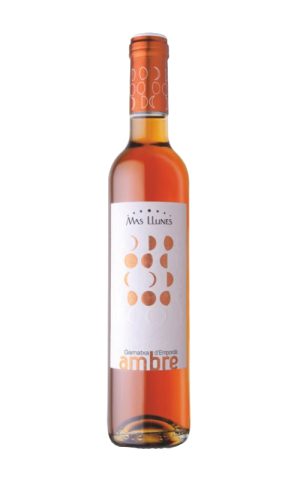
Grenache Empordà Amber
10,00€ -

Pedro Ximenez 1910
29,35€ -

Pedro Ximenez Añada
13,90€ -

Solera Cream Aunt Sabina
12,90€ -
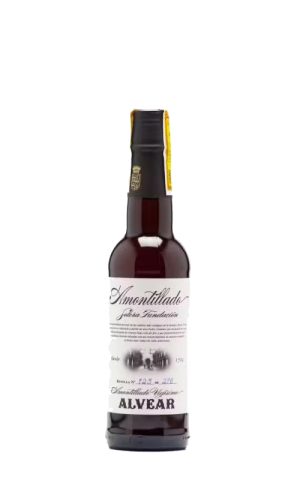
Amontillados Foundation 37,5cl
73,50€ -
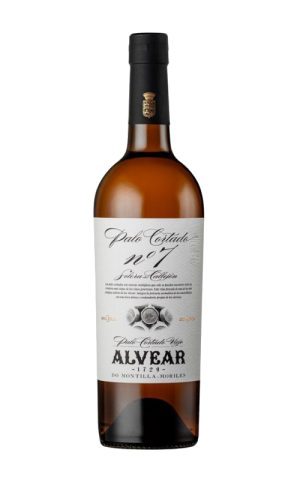
Cut Stick Number 7
25,40€ -
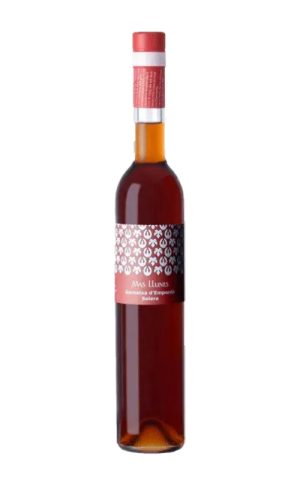
Garnatxa L’Empordà
23,50€ -
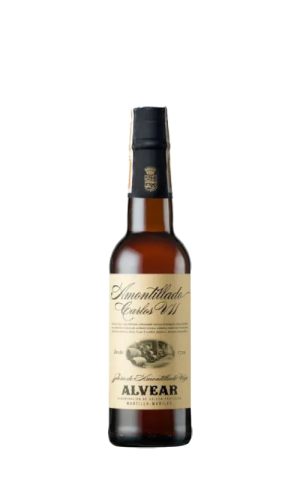
Amontillado Carlos VII 37,5CL
49,90€ -
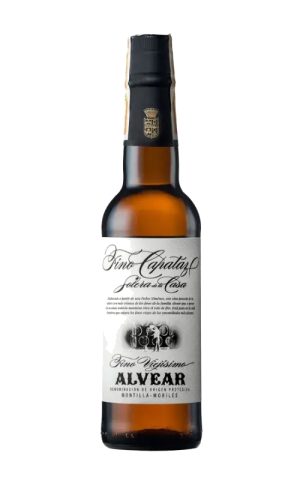
Fino Capataz
18,90€ -
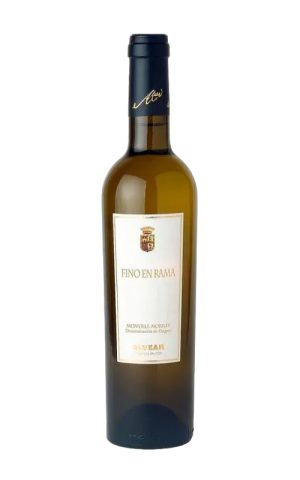
Fino CB
10,95€ -
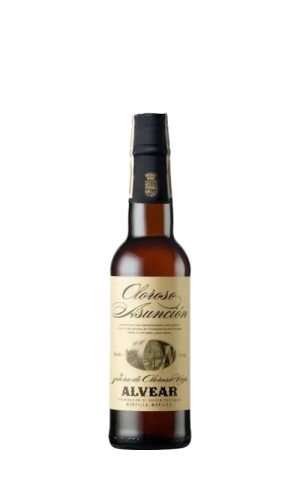
Oloroso Asunción 37,5cl
62,00€ -

Oloroso Cato
23,40€ -

Pedro Ximénez 1927
13,95€ -
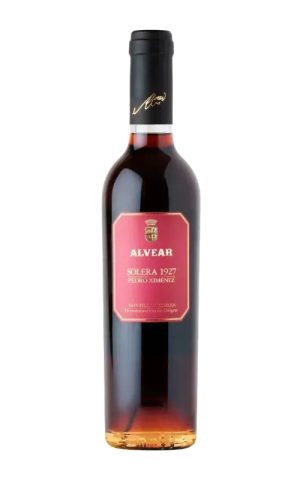
Pedro Ximénez Conde Cortina
9,90€
Sweet wines have a history dating back to ancient times, and have been valued for thousands of years for their intensity of flavor and their ability to accompany both desserts and main courses. In ancient Egypt and Greece, sweet wines were already made using techniques such as overripening grapes or interrupting fermentation to retain natural sugars. In the Middle Ages, these wines were consolidated in Europe, especially in regions such as Hungary, France and Spain, where methods for their production were perfected.
Sweet wines are produced in various wine regions around the world, each bringing its own unique characteristics. Some of the most famous regions include:
- Tokaji (Hungary): With its wine Tokaji Aszú, one of the oldest and most revered sweet wines.
- Sauternes (France): Famous for its botrytized wines, produced in clay and calcareous soils with a humid climate that favors the appearance of the fungus Botrytis cinerea.
- Jerez (Spain): Where sweet wines such as Pedro Ximénez are made in albariza soils under a hot and dry climate.
- Vintage Wines: Grapes harvested late, when they have reached a high level of sugar.
- Botrytised wines: Wines made with grapes affected by “noble rot”, such as Sauternes.
- Gel Wines (Eiswein): Grapes harvested and pressed while frozen, concentrating the natural sugars.
- Fortified Wines: Such as Port or Muscat, where fermentation is interrupted by adding alcohol, preserving the natural sugars.
- Aged wines: Grapes that are dried in the sun or on racks to concentrate sugars, as in the case of Vin Santo in Italy.
Varieties: The grape varieties used to make sweet wines vary depending on the region and the type of wine.
Some of the most common are:
- Muscat: Used in several regions, known for its aromatic and sweet profile.
- Riesling: Especially in Germany, where it produces sweet wines with high acidity and longevity.
- Semillon: Main grape in Sauternes wines in France.
- Pedro Ximénez: Used in Jerez to produce dark and extremely sweet wines.
Sweet wines are characterized by their high concentration of natural sugars, which give them a viscous texture and an intense flavor. They can have an aromatic complexity that includes notes of ripe fruits, honey, spices, flowers and nuts. Their balanced acidity is key to preventing them from being cloying, achieving a balance that gives them freshness and elegance.
Today, sweet wines are still highly appreciated both in haute cuisine and in everyday consumption. Although in some markets its popularity has fluctuated, its quality and uniqueness continue to attract wine enthusiasts. Currently, there is a renewed interest in exploring traditional winemaking techniques and new methods of sustainable production, which has allowed sweet wines to gain ground in international competitions and on the tables of the most demanding. The diversity of styles and the ability of these wines to age ensure them a special place in global wine culture.
